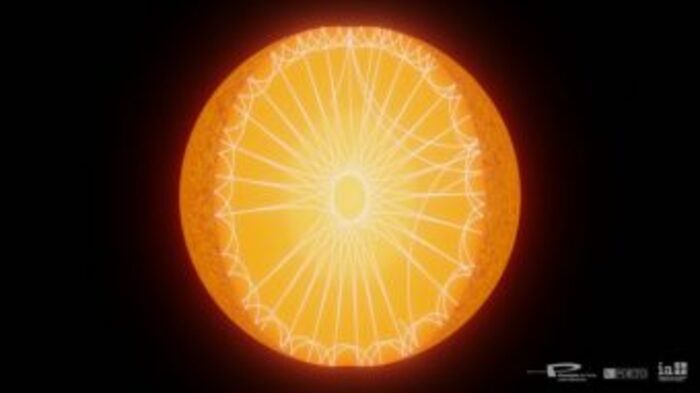The discovery is due to the capabilities of the Espresso spectrograph, mounted on the Very Large Telescope of the European Southern Observatory (ESO) in Chile. The data, useful for clarifying the structure and internal composition of stars, are being published in Astronomy & Astrophysics Letters.
The study's findings will help researchers resolve the long-standing disagreement between theory and observations about the relationship between mass and diameter of these particular stars. The results of this study demonstrate that asteroseismology could be used to characterize these stars and their habitable planets. Furthermore, the precise determination of the age of nearby cold stars could be fundamental for interpreting the signatures of life on exoplanets photographed via direct imaging. The study was carried out by an international group of astronomers in which Enrico Corsaro and Ennio Poretti of the National Institute ofAstrophysics participated. The researchers managed to record these luminous variations in the spectrum of Epsilon Indi, an orange dwarf located in the constellation of Indian.

